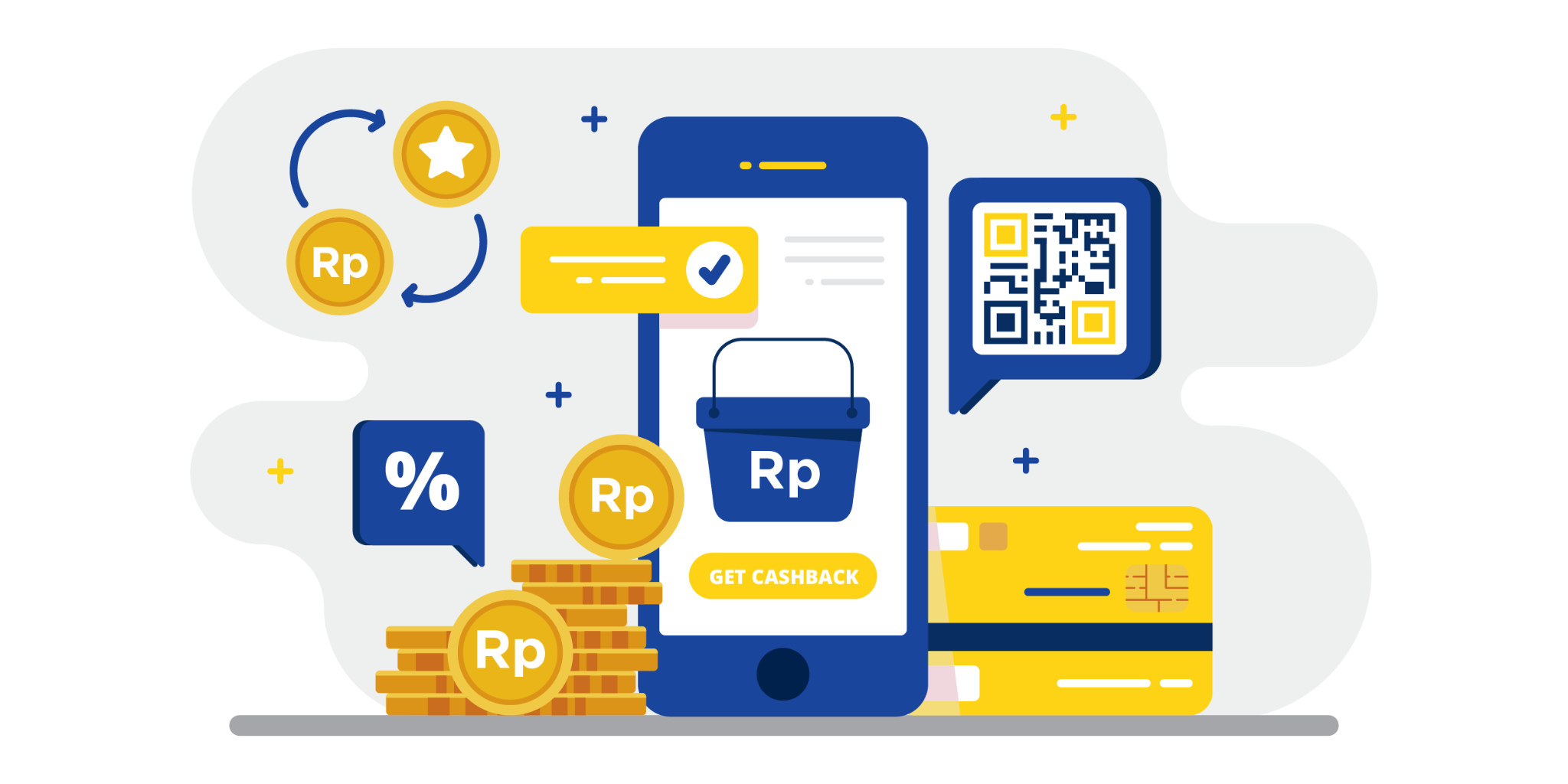Channel reward programs have attracted considerable interest as companies practice amongst advertising and marketing most familiar techniques, if you see a good concept, replicate it. A few banks offer their regular consumers credit cards adding a variety of important advantages. In B2B markets, devoted clients have traditionally been treated better than those who get on the spot market. Various other popular customer commitment systems are the frequent-flyer programs of the major airline companies. These, as well as other well-made programs, were hailed originally as imaginative methods to instill as well as preserve loyalty, yet, through the years, many doubts have been cast on them.
Loyalty programs that seek to bond consumers to a company or its products and services by offering an extra motivation posture an interesting predicament. Although these schemes always attract extensive client interest, they are challenging to sustain, utilising our present knowledge of competitors, as well as customer habits. This research recommends that many plans do not basically modify market structure. They may assist to safeguard incumbents, as well as may be considered a legit part of the marketer’s depot; however, at the price of raising advertising expenditures.
Many senior managers ask their marketing departments to determine the potential contribution of any program created to implement commitment advertising and marketing. Do these programs develop additional loyalty past that which is derived from the relative worth of the service or product? Do they encourage customers to invest more? Or do they merely reward a customer to buy once again? In a competitive market, is it truly possible for every organisation to boost customer commitment by implementing a loyalty advertising program?
Customer Loyalty
Underlying the boosting interest in these programs are some advertising managers’ extensively held beliefs regarding customer loyalty:
- Several clients desire an including connection with the brands they acquire
- The hard-core, faithful purchasers are a profitable team due to the fact that there are most of them and they are heavy or constant customers
- A proportion of these buyers are loyal to the core as well as acquire only one brand
- With data source innovation, marketers can establish individualised discussions with consumers, leading to more loyalty
- It must be feasible to enhance these purchasers’ loyalty as well as urge them to be more devoted
Know more about PRMMS B2B CRM.
We encountered such ideas in the rhetoric of relationship advertising and marketing, straight advertising and marketing, data source marketing, as well as so-called 1:1 advertising and marketing. Nevertheless, in this paper, we compare these beliefs with a growing study that tests their precision. First, we define the beginnings, as well as the aims of loyalty marketing. We then assess a study that checks out empirical patterns of behavioural loyalty. We likewise think about an emotional study on incentives, a significant component of many commitment programs. These two areas give the context for our comments on frequent-buyer loyalty programs. Finally, we suggest how to develop a customer commitment program that avoids the common traps threatening the effectiveness of many existing systems.
Why Companies Present Customer Loyalty Programs
In the 1970s, European scientists researching business-to-business advertising discovered that distributors who develop close functioning connections with their customers often tend to have “better” consumers. That is, the consumers are more dedicated to their suppliers, as well as usually provide a higher share of their business. The clients additionally reported having “better” providers. In other words, it is a win-win plan.
Succeeding research claimed that faithful consumers are more rewarding to a company. This productivity was believed to be created by lowered servicing expenses, increased costs, less cost level of sensitivity, as well as desirable recommendations passed on to various other potential clients by faithful purchasers. Add to this the claim that it sets you back more to tempt a new consumer to do business with a company than to obtain a present one to acquire again, as well as the strategy of getting, and keeping commitment seems like the source of sustainable competitive advantage.
For a firm to practice loyalty marketing; however, it should first know who its dedicated customers are, which is simpler for numerous business-to-business marketing professionals than for many customers excellent online marketers. As the number of consumers boosts, businesses have to use data source advertising and market research in the absence of personal expertise. As computerized database technology ends up being more advanced, so does a company’s capability to check its customers’ habits. Stores, as well as packaged-goods suppliers, utilize these techniques to effectively target products and services, as well as allocate marketing resources to accomplish the maximum return. In service markets, firms perform consumer earnings evaluations and determine the lifetime worth of their clients. However, the processes are complex, as well as pricey.
To study why need a PRM in Singapore, please follow the link.








